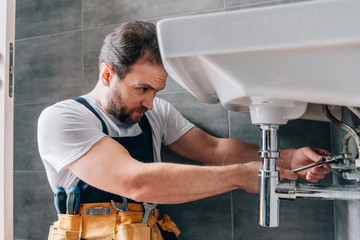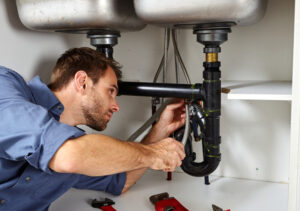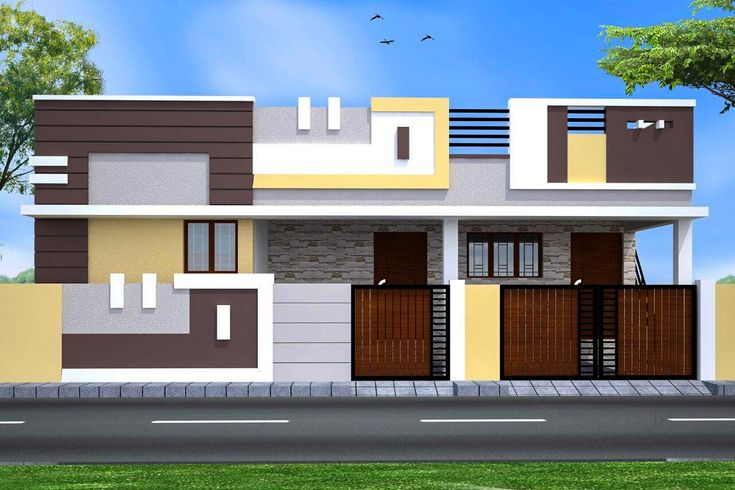Residential plumbers install, repair, and replace plumbing systems within homes. Plumbers Clearwater FL often work as apprentices under a more experienced plumber before starting their own business or becoming independent contractors.

Your home’s plumbing system is a complex maze of pipes that bring in fresh drinking water, distribute it throughout your home and then drain the wastewater out of your sinks, showers and toilets. It’s important to understand how it all works so you can stay ahead of problems and avoid costly repairs.
Residential plumbers specialize in installing plumbing systems and piping in new construction homes, home additions and renovations. They also perform maintenance and repairs on existing residential plumbing systems. This includes making sure that water supply pipes, drainage systems and fixtures like toilets and sinks work as they should.
A plumber can help you with a wide range of plumbing problems, such as leaking toilets, broken or burst pipes and leaky faucets. These problems may be caused by clogs, tree roots or other issues that require professional attention.
When you need a plumber, it’s important to choose one who has the right experience and training to deal with the specific issues you are experiencing. This is especially true if you have a home with a complicated plumbing system or layout.
Commercial plumbers are specialized in dealing with large-scale plumbing systems that serve a variety of uses, such as grocery stores, schools, restaurants and even skyscrapers. These systems are much larger and have many more components than what you’d find in a single-family home, which means that they are typically more complex and difficult to repair.
For this reason, commercial plumbers must have a higher level of communication than residential plumbers. For instance, they won’t be able to speak directly to the owner of the building, but will need to contact someone on the management team or in charge of the property.
On the other hand, residential plumbers can often communicate with homeowners in their own homes and provide better customer service because they are familiar with the problems that arise at home. Having this kind of knowledge allows them to identify problems and fix them quickly.
A plumber can also install a water purification system to remove chemicals, minerals and other impurities from your water. This is important if you live in an area where the water contains contaminants that could be harmful to your health and affect your family’s well-being. This type of service is often performed by plumbers who are specialists in sanitary plumbing, which deals with the plumbing techniques involved in ensuring that your toilets and other devices operate properly.
Plumbing is a complex job that requires a lot of knowledge, parts experience and technical skills. This is why it’s important to find a qualified plumber who has been trained in the field. It’s also wise to check their licensing status.
Residential Plumbers are specialists who focus on the plumbing issues that are common to a residential setting. They can repair leaky pipes, unblock clogged drains and install new bathroom pipes.
They can also fix toilets that don’t drain, sinks that don’t work and a range of other problems that arise with the home’s plumbing system. They can also provide preventative maintenance to make sure that issues like these don’t arise.
In some cases, a clogged drain can lead to serious issues such as sewage blockage or contaminated water. These can pose serious health risks to both you and your family, so it’s best to get them checked out by a professional.
A good plumber will take the time to explain everything to you, and they’ll provide a detailed explanation of the problem so that you can understand how it works. They will also be able to give you advice on what type of repair is best for your situation.
You should also ask about whether the job needs a permit and how long it will take to complete. This will help you plan ahead and keep your family safe while the work is being carried out.
Another thing to consider is the level of customer service offered by your plumbers. Residential plumbers are typically more friendly than commercial plumbers, as they’re working in a smaller area and therefore have to interact with the homeowner on-site.
They can also offer emergency services to customers who are facing a plumbing issue outside of normal business hours. They may work on-call shifts, so they’re available to respond quickly to emergencies. They can also help you to find the source of the problem and suggest solutions. These plumbers are highly skilled at problem-solving, which makes them a valuable addition to any home or business.
Residential Plumbers are the pros who can install, replace and repair home plumbing systems. They are also tasked with making sure that all your plumbing features and fixtures work together to keep your house running efficiently and safely.
Replacing a plumbing system is a big job that typically requires a permit and the proper tools to complete it. A professional will have the skills, experience and equipment to handle the task with minimal disruption to your normal routines.
They are also skilled in identifying problems with your plumbing, such as leaks and breaks that may lead to costly repairs down the road. They may recommend you upgrade to newer, more durable materials such as plastic-based PVC or copper piping.
A reputable plumber will offer a written warranty that covers workmanship and materials for a certain amount of time. They will also provide you with a list of recommended suppliers, so you can do your research before they start work on your property.
You can also save money on repiping by opting for flexible, plastic-based piping such as cross-linked polyethylene tubing, or PEX. This material meets nearly every building code in the book and is a surprisingly low-maintenance alternative to rigid copper pipe. The cost of repiping a 1,500 square foot, two-bathroom house in this material will likely pay for itself many times over by the time you’re done. The best part is, you can use a home equity line of credit (HELOC) to finance the project as you go.
Taking care of your plumbing can prevent many costly problems, from leaks and clogs to damage caused by the water itself. It’s important to have your plumbing system inspected regularly, and to call a plumber when you suspect a problem.
Residential plumbers are the professionals who install plumbing systems and piping in new construction homes, home additions and renovations. They also offer maintenance services to ensure that all fixtures function properly and that the plumbing system is up to code.
They repair or replace a variety of plumbing systems, including water heaters, icemakers, sinks, and bathtubs, as well as drains. They also perform light to medium HVAC system maintenance and repairs.
Maintaining your plumbing is essential to ensuring that you have clean, high-quality water and that your appliances work correctly. It also helps to keep your plumbing pipes clean and extend their life.
Some common types of plumbing maintenance include checking your faucets, pipes, and water supply lines for small leaks, tree roots causing damage to the main line or drains, or calcium buildup caused by using hard water. Performing routine plumbing maintenance will help you avoid big headaches later and save money on energy bills.
Keeping your plumbing in good condition can help you save money on your water and heating costs, and will also help you to avoid problems that can cause mold or damage your property. This is why ARS/Rescue Rooter recommends annual plumbing maintenance to homeowners, which will allow the plumber to identify and fix any problems before they become serious.
Another important plumbing service is commercial plumbing maintenance, which helps businesses to keep their sewage and drainage systems in top shape. This helps to ensure that their employees and customers don’t have to worry about any issues with their plumbing or sewage systems.
Maintenance services for plumbing are offered by a variety of different plumbers, each with their own expertise and experience. Choosing the right type of professional can help you to get the best results.




